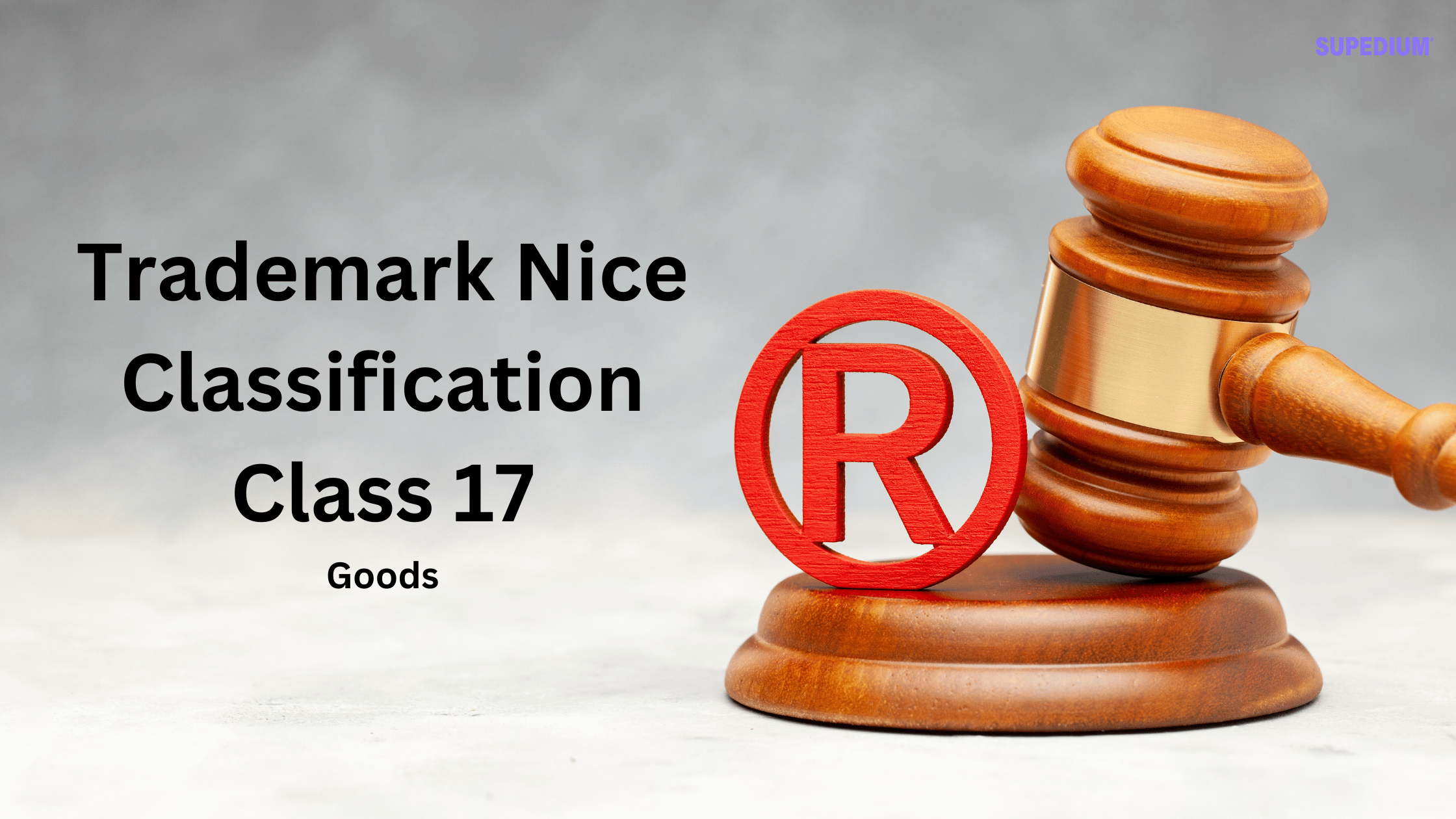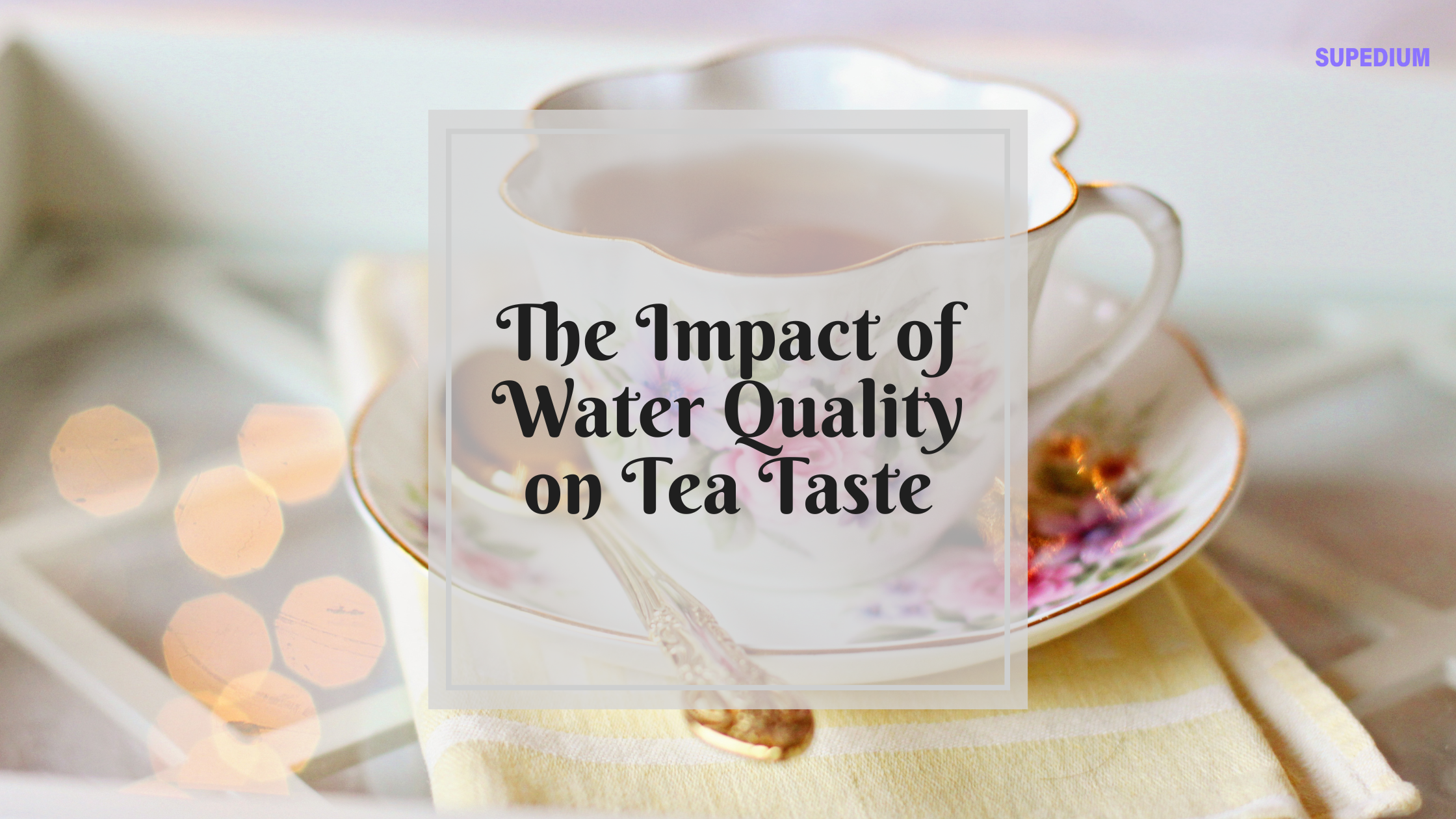Table of Contents
![]()
I. Introduction
The Nice Classification system, established by the Nice Agreement (1957), serves as an international standard for classifying goods and services for the registration of trademarks. Among its 45 classes, Class 17 plays a vital role in categorizing a diverse range of materials and products primarily related to insulation and manufacturing. This article explores the details of Class 17, its key materials, notable products, exclusions, and implications for trademark registration.
II. Overview of Class 17
Class 17 primarily focuses on materials that serve as electrical, thermal, and acoustic insulators. It includes unprocessed and semi-processed rubber, gutta-percha, gum, asbestos, mica, and substitutes for these materials. Additionally, it encompasses plastics and resins in extruded form, often utilized in various manufacturing processes.
This classification is essential for businesses engaged in industries where insulation and protective materials are critical, allowing them to effectively secure trademarks for their products.
III. Key Categories within Class 17
Electrical Insulating Materials
Electrical insulating materials are crucial in preventing unwanted current flow and ensuring safety in electrical systems. This category includes various types of rubber and plastic materials designed to withstand electrical charge and resist conductivity.
Thermal and Acoustic Insulating Materials
Thermal insulation materials help maintain temperature by reducing heat transfer, while acoustic insulating materials minimize sound transmission. Both types of materials are important in construction, automotive, and manufacturing sectors, contributing to energy efficiency and comfort.
Flexible Pipes, Tubes, and Hoses
This category includes non-metallic flexible pipes, tubes, and hoses used in plumbing, automotive, and industrial applications. These materials are essential for transporting fluids and gases, offering flexibility and resilience under varying conditions.
IV. Notable Products and Uses
Rubber Material for Recapping Tires
Rubber for recapping tires is a critical component in the automotive industry, extending the life of tires and promoting sustainability. This product allows for the recycling of tires, reducing waste while ensuring safety and performance.
Floating Anti-Pollution Barriers
Floating anti-pollution barriers are used in environmental protection efforts, particularly in water bodies. These barriers help contain and mitigate the spread of pollutants, such as oil spills, playing a vital role in ecological conservation.
Adhesive Tapes
Class 17 includes various types of adhesive tapes, which are not intended for stationery or medical uses. These tapes find applications in industrial settings, providing essential bonding solutions for materials.
Plastic Films
Plastic films under Class 17 are utilized in non-packaging applications, such as anti-dazzle films for windows. These films improve visibility and reduce glare, showcasing innovations in material design.
Elastic Threads and Rubber Threads
Elastic and rubber threads serve numerous purposes beyond textiles. They are employed in various industries, including automotive and medical, providing essential functionality in products that require flexibility and durability.
V. Exclusions from Class 17
While Class 17 encompasses a wide range of materials, certain goods are specifically excluded. Understanding these exclusions is crucial for accurate trademark classification.
Overview of Goods Not Classified Under Class 17
Certain products are classified under different classes based on their function or purpose. Examples of notable exclusions include:
- Fire Hose (Class 9): Designed specifically for firefighting purposes.
- Pipes for Sanitary Installations (Class 11): These are used for plumbing and are categorized separately.
- Insulating Glass for Building (Class 19): Specifically used in construction, falling outside of Class 17.
- Functionally Classified Materials: Items such as gum resins (Class 2) and dental rubber (Class 5) are categorized based on their specific applications.
VI. Implications for Trademark Registration
Accurate classification is paramount when registering trademarks. Misclassifying products can lead to legal challenges, potential trademark disputes, and loss of brand identity. Businesses must ensure that their products are classified correctly within Class 17 or any other relevant class to avoid complications and protect their intellectual property effectively.
VII. Conclusion
Class 17 of the Nice Classification is significant for industries relying on insulation materials and manufacturing components. With a wide range of products, from rubber for tires to floating barriers for environmental protection, understanding this classification is essential for businesses aiming to secure trademarks. As industries evolve and new materials emerge, staying informed about Class 17 will be increasingly important for trademark registration and protection.
Share This





Be the first to comment